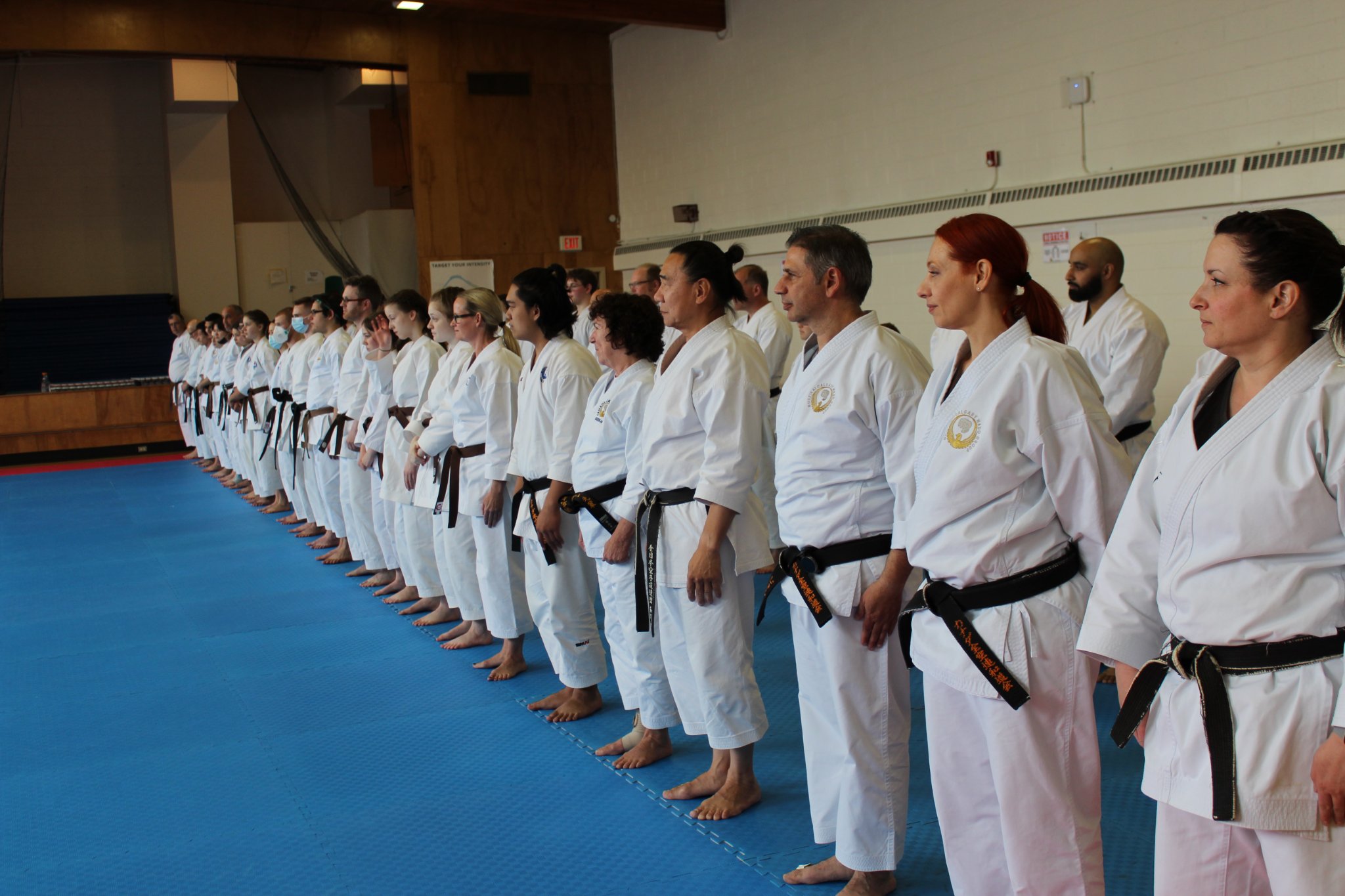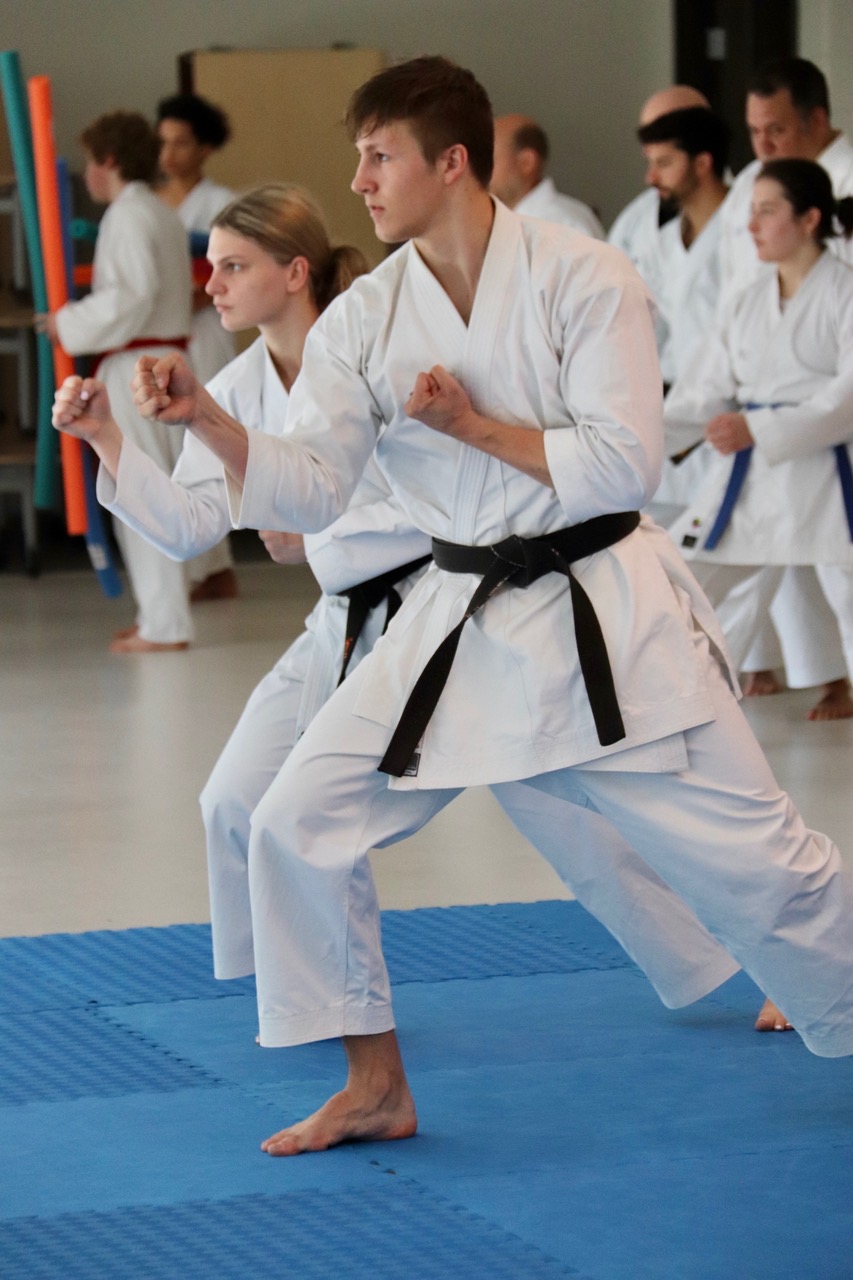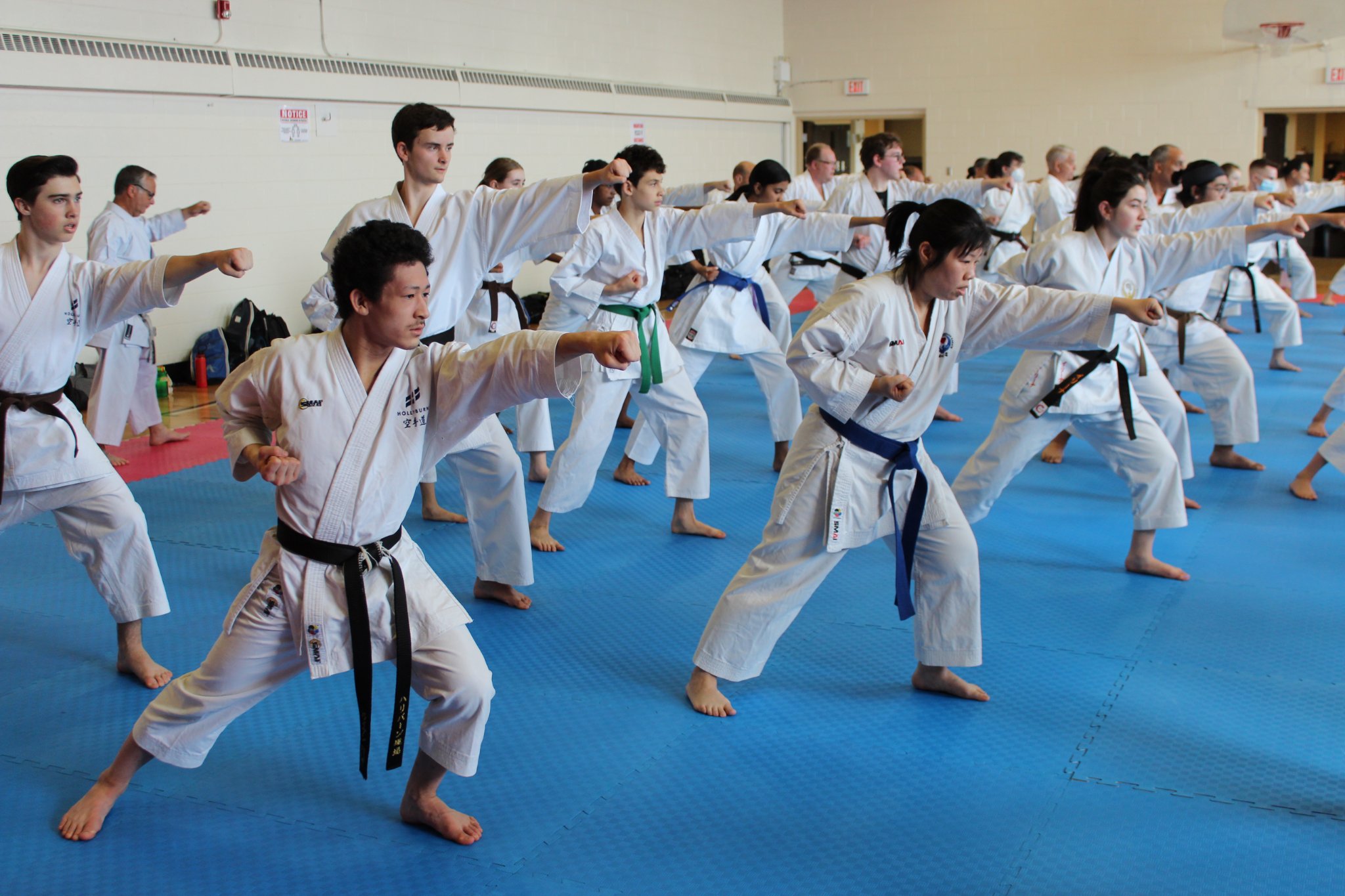Our Style



What is Karate?
Karate (空手) is a martial art developed in the Ryukyu Islands in what is now Okinawa, Japan. It was developed from indigenous fighting methods called te (手, literally “hand”; Tii in Okinawan) and Chinese kenpō.
Karate is a striking art using punching, kicking, knee and elbow strikes, and open-handed techniques such as knife-hands. Grappling, locks, restraints, throws, and vital point strikes are taught in some styles. A karate practitioner is called a karateka (空手家).
Wado and Karate
Wado kai (和道会, Wadō kai) is the name of the organization within the Japan Karate Federation (JKF) which practices the Wadoryu style of karate. According to Ishizuka Akira, a veteran figure in the Japanese karate world, the term “Wado Kai” was in general use as early as the 1940s, but it was only in 1967 that the name was adopted formally. Prior to this the group was known as the “Zen Nihon Karate-do Renmei”. With the formation of the Federation of All Japan Karatedo Organization (FAJKO, later changed to JKF) in the mid 60’s, it was no longer correct to use this name so Wadokai came into formal use.
The Wadokai has some superb technicians. In Japan these include Arakawa Toru (9th Dan JKF), Hakoishi Katsumi, Takagi Hideho, Maeda Toshiaki, Murase Hisao and Nishimura Seiji to name a few. Both Europe and Pan America have several Japanese instructors who have promoted this vision of karate.
The term Wadokai can be broken into three parts: Wa, do and kai. Wa can be read to mean ‘harmony’. It can also be read to mean “original Japan”, as in Wafu (Japanese style), Washoku (Japanese food). it is therefore also a clever pun that could be taken to mean both “harmony” and “intrinsically Japanese”. Do is a Japanese term for ‘way’ (as in karate-do). So Wado means ‘the way of (Japanese) harmony’. Kai simply means ‘association’.
1938
In 1938...
In 1938 Hironori Ohtsuka registered his mixed style of karate-jujutsu with the Dai Nippon Butoku Kai, originally under the name of “Shinshu Wadoryu Karate-Jujutsu.” Not much later this was shortened to Wado-ryu (和道流).
1952
In 1952...
In 1952 a Wadoryu Honbu (headquarters) was established in the Meiji University dojo in Tokyo, Japan.
1964
In 1964...
In 1964 the Japan Karatedo Federation (JKF) was established as a general organization for all karate styles. The Wado Kai was a founding member of this organization.
1967
In 1967...
On 5 June 1967, the Wado organization changed the name to Wadokai.
1980
In 1980...
In 1980, as a result of a conflict between Hironori Ohtsuka and the Wadokai organization, Ohtsuka stepped down as head of Wadokai. Eiichi Eriguchi succeeded him within Wadokai at that time and again became Chairman during the 1990s..
1981
In 1981...
On 1 April 1981 Hironori Ohtsuka founded Wadoryu Karatedo Renmei. After only a few months Hironori Otsuka retired as head of this organization. His son Jiro Otsuka took his place. Renmei means ‘group’ or ‘federation.’
1982
In 1982...
On 29 January 1982 Hironori Ohtsuka died at the age of 89 years .
1983
In 1983...
In 1983 Jiro Ohtsuka became Grandmaster of Wado Ryu and changed his name to Hironori Ohtsuka, in honor of his father. He is now often referred to as Hironori Ohtsuka II.
1989
In 1989...
In 1989 Tatsuo Suzuki founded his own organization, the third major Wado organization: Wado Kokusai. Kokusai means ‘international.’
The full name of Wadokai in English is Japan Karatedo Federation Wadokai. In Japanese it is Zen Nihon Karatedo Renmei Wadokai. Nowadays the full name of Wadoryu is Wadoryu Karatedo Renmei. The full name of Wado Kokusai is Wado Kokusai Karatedo Renmei, also known as Wado International Karatedo Federation abbreviated as WIKF. Strictly speaking Hironori Ohtsuka founded and developed Wado Ryu. The people who trained with him became the Wado group or Wadokai. So today, the style that is trained within Wadokai is Wado Ryu.

